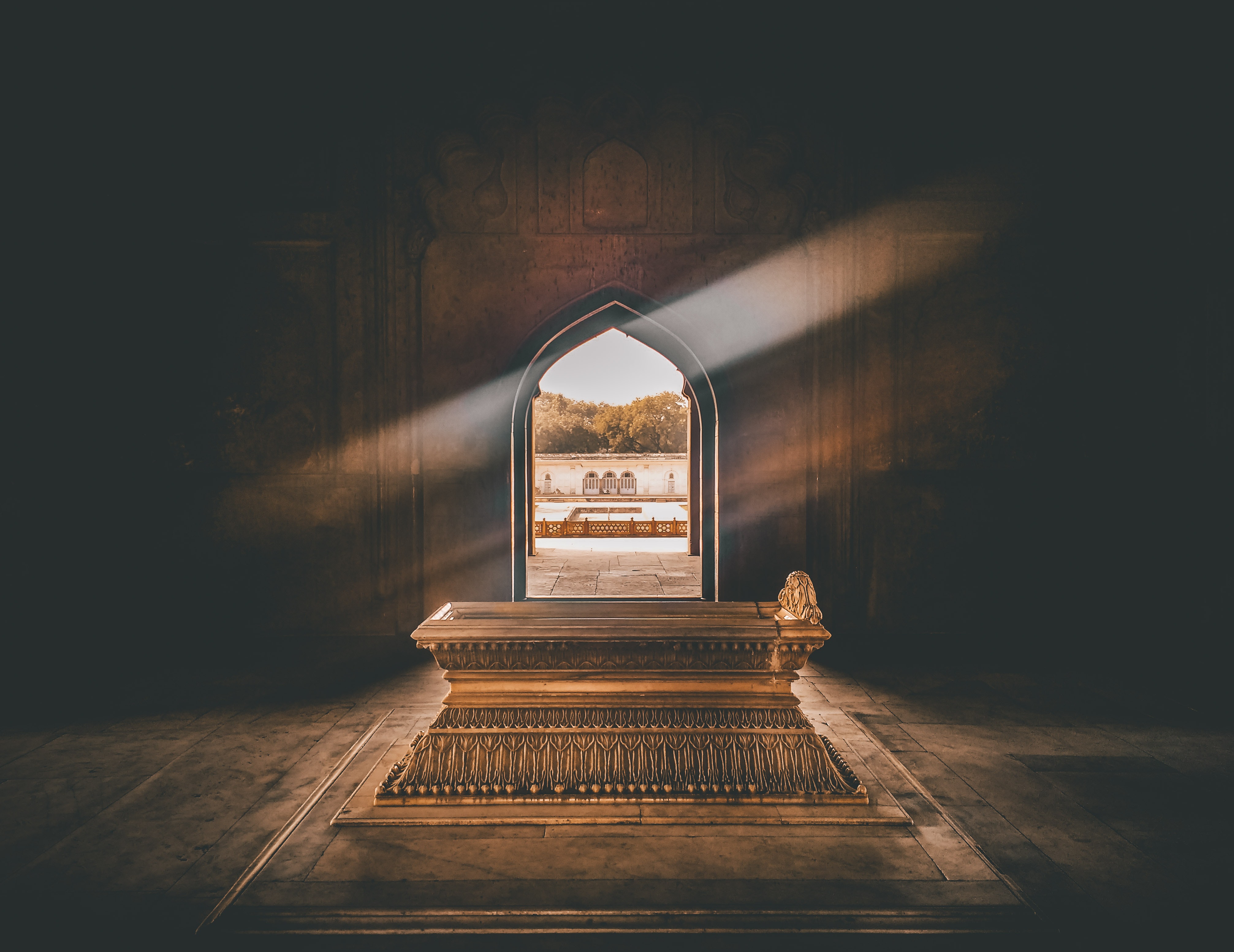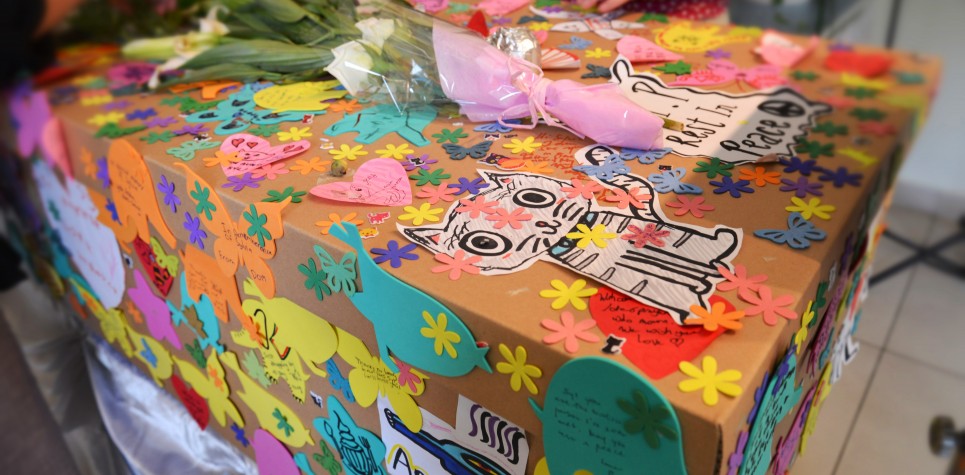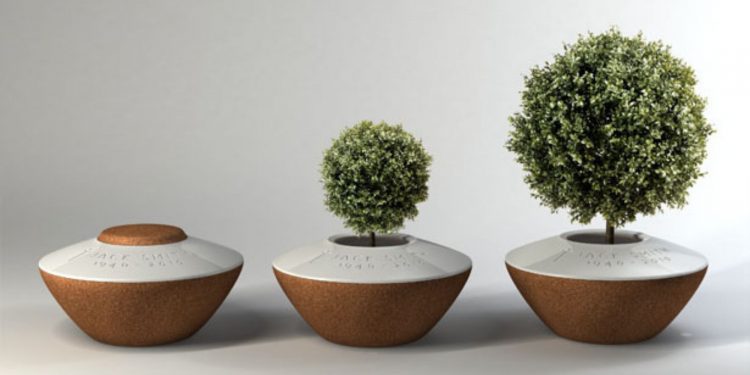Fill Me In
The need for a global move toward decelerating climate change is one so pressing that some might say we should take it to our graves. Eco-friendly options give you just that choice, whether your culture dictates that you go by cremation or burial. And if you or someone that you love is passionate about protecting the environment, then there’s no way to honour their legacy more than to seek out an eco-friendly burial option in Singapore for them.
Honouring the circle of life
When it comes down to it, it’s all really kind of poetic. Honouring the circle of life in some sense, eco-friendly burial options allow you to give your body back to the earth upon death. The embellishments of funerals aren’t as necessary as they are extravagant sometimes. Sure, coffins are made out of wood which biodegrades anyway, but are you at peace with knowing that your death was cause for deforestation?
To use America as a sample demographic, here’s what the country buries every year through traditional burials: 20 million feet of wood, 4.3 million gallons of embalming fluids, 1.6 million tons of reinforced concrete, 17,000 tons of copper & bronze, and 64,500 tons of steel, according to the Green Burial Council.
How eco-friendly burial options work
There are green burial alternatives to most culturally-driven burial forms. In India, a 52-year-old called Vijay Limaye has saved 35,000 trees by using agro-waste to cremate bodies instead of wood. Typically, a funeral pyre would be made of two trees’ worth of food. When the man first sought an alternative out, it was one that could be a little hard to swallow one — dung cakes.

Heck, even if you’re okay with being buried in dung cakes, would your family be okay with it? While your family may joke about you not being around to smell a dung cake like they’ll have to, it’s a fact that funerals are also associated to the idea of the image that’s tied to a family. While how you’re portrayed may or may not be a priority for your family, you can rest easy knowing that Vijay found an alternative to dung cakes. When the supply of dung cakes needed could not match the demand of the funeral industry, Vijay decided to use agro-waste instead.
Most green burial options work by giving you an alternative to materials that are environmentally taxing to obtain, such as wood. Other times, they allow you to be one with nature by giving you the chance to give additional nutrition and life to trees. Here’s some of what is offered in Singapore.
Green burial in Singapore
Surveys are still being conducted on how Singapore has taken to the idea of green burials. In fact, you can help to move research forward by partaking in one here. In the meantime, companies in the funeral industry have begun to offer green burials as part of their funeral packages.
Tree burial
Gallant Gardens is one such company, and it provides a tree burial services. After cremation, ash is collected in a biodegradable pod, on top of which trees are planted. As the pod breaks down, it acts as a ready fertiliser and nutrition-provider for the trees and new plants in the area. The ashes can still have a physical tether for family members to take comfort in visiting. In fact, Galland Gardens says that they can arrange to have a tree planted in private premises, should that be what families request.
Coffin burial
Are coffins required for the type of send-off you’d prefer? Then you might want to learn more about what ECOffins in Singapore offers. But as you’ve probably already figured out, ECOffins deals in eco-friendly coffins made mostly of paper as opposed to wood. The coffins were invented and patented in Singapore and can take a remarkable amount of weight, carrying up to 150 kilograms. These coffins are also, undoubtedly, biodegradable and are suitable for both burial and cremation. They even seem to make the mourning process more meaningful to families, with people being able to write messages of farewell on the paper coffins.

ECOffins also seems to have given the gift of a funeral to many who might not otherwise have been able to get one. In a 2011 media interview, the company’s founder said that they were hoping to help Japanese families affected by a shortage of fuel in the aftermath of the devastating earthquake and tsunami that hit north-east Japan at the time. The company’s coffins are definitely shipping-friendly, as they can be flat-packed, and also be assembled in less than three minutes.
The onus of sustainability is on you and me
Environmental sustainability is a part of our lives in one way or another. It’s in the biodegradable paper bag that you’re carrying your bubble tea home in, or in the locally farmed food that you’re eating. But as with all things, remember to be responsible with the matter. With many companies jumping on the sustainability bandwagon in hopes of bettering the world along with their corporate social responsibility (CSR) measures, consumers need to be discerning now more than ever.
In the world of eco-friendly burials, this means micro-examining the impact of our choices. There are at least seven different types of eco-friendly burials, practised differently across the world. Forget coffins — what about just being wrapped in cloth? And they all have their pros and cons.
For instance, the idea of cremation remains (cremains) being used to give nutrition to a tree is very appealing. In reality, cremains have very high alkaline levels and sodium content, inhibiting the growth of trees more than they encourage them. To counter that, just see to it that the cremains in question have been neutralised before they’re put into the ground. Your burial company should be able to help you out with that.
If you’re dying to save the environment, make sure you’ve covered all the bases before you make your choice of eco-friendly burial type.














